When we think of disadvantage and exclusion in India, we think almost invariably of cast-based exclusion. Disadvantage and deprivation are not restricted to a single group in India. Yet, successive governments, public policy and academia have paid little attention to the under-representation of religious minorities in the education, political and administrative domains compared to the question of representation of disadvantaged castes. Zoya Hasan examines the distinctiveness as well as divergence in state policy towards different types of disadvantaged groups, as official policy remains less sensitive to the backwardness of minorities. She analyses the policies and debates surrounding the contrasting strategies of inclusion for lower castes and minorities. Unlike existing literature on the subject, this book focuses on a comparison of the experiences of different disadvantaged groups, rather than only caste groups. It draws attention to the issue of relative disadvantage and the multiple and overlapping dimensions of disadvantage. While acknowledging the need for giving due recognition to historical discrimination, Hasan argues, in view of the comparative evidence on under-representation of various disadvantaged groups, that disadvantage of presently excluded groups should also qualify for affirmative action. This book will interest students and scholars of Indian politics, sociology and history.
India: Social Development Report, 2012: Minorities at the Margins
In India, the debate around ...
$41.40
$46.00


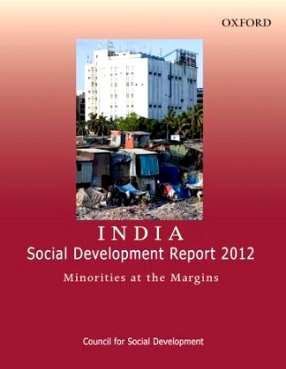
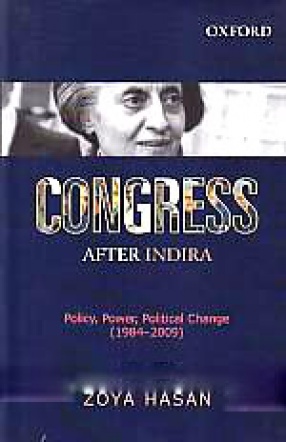
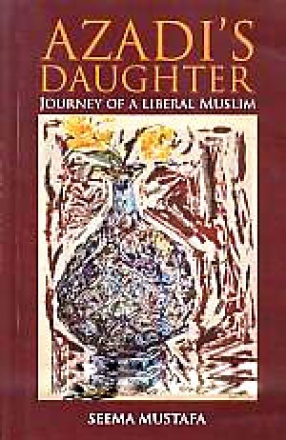
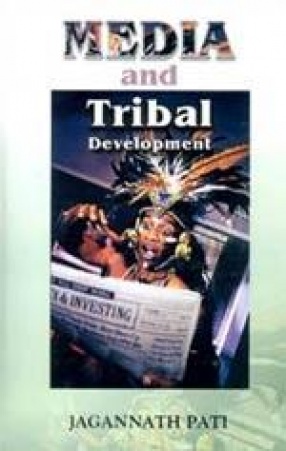
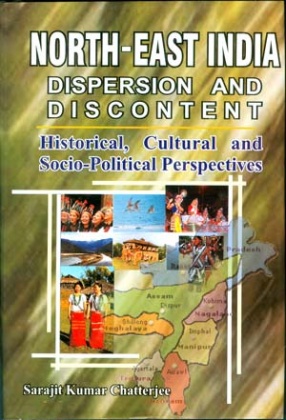

There are no reviews yet.